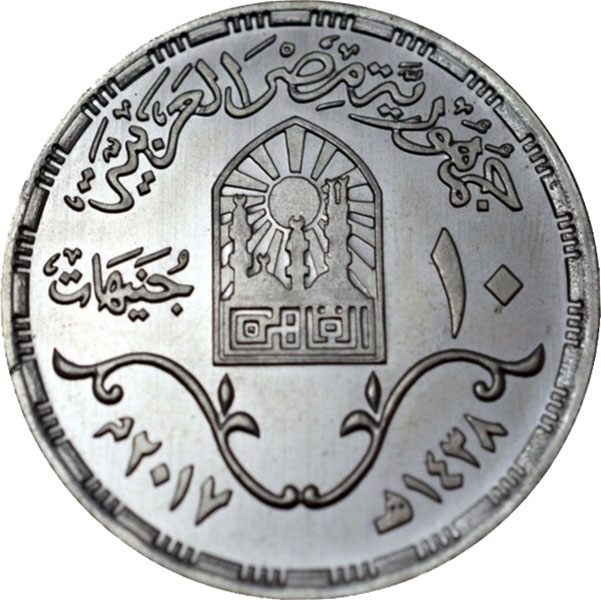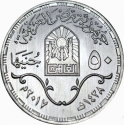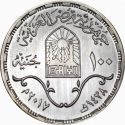You are about to finish your registration. Please check your mailbox (including spam folder). There should be a letter with a confirmation link. Check setting to make sure that your e-mail address is correct.
Send letter againDescription
Downtown Cairo, or Khedival Cairo as many call it, has been the urban centre of Cairo since the late 19th century when the district was designed and built.
Downtown Cairo was designed by prestigious French architects who were commissioned by Khedive Ismail during his visit to Paris, and since then he wanted to make the Egyptian Kingdom capital better than Paris and to be the jewel of the orient. It was he who stressed the importance of European style urban planning in Cairo, to include broad, linear gridded streets, geometric harmony and modern European architectural style.
It was once home to the prosperous elite of late 19th and early 20th century Cairo. It is a relic of a bygone era — Egypt's belle epoque — and demonstrates the vision for developing Egypt. Yet decades of neglect by the neighbourhood's landlords and tenants following the burning of most of Cairo's buildings during the popular Cairo fire incident prior to the 1952 Revolution led by Gamal Abdel Nasser, and the ensuing departure of the upper classes, have left the splendor of its ornate edifices mired in decay. Lax enforcement of laws and regulations gave way to the entry of commercial establishments into the neighbourhood, mostly with no regard for maintaining aesthetic harmony or preserving the historic buildings of Downtown Cairo. Now, most of the historic buildings within the area were renovated by the Ministry of housing, utilities and urban development.
Obverse

|
Depicts the front of Abdeen Palace, inscription "Khedival Cairo" and "150 years" between them a mirrored branch. القاهرة الخديوية |
|---|---|
Reverse

|
Depicts the emblem of Cairo governorate (the double-finial minaret of Qansuh al-Ghuri, the minaret of Qaytbay, and the minaret of Aqbugha next to the dome for Al-Azhar Mosque, behind them a raising radiant sun and the name Cairo below them) in the middle. Denomination divides by emblem dates (Hegira and Gregorian) below, legend "Arab Republic of Egypt" above. جمهورية مصر العربية |
| Edge |





